The emergence of generative AI models in recent years has caused a profound upheaval in the artificial intelligence (AI) sector. These models have created previously unheard-of opportunities in a variety of fields, including scientific research and the creative industries. They are capable of producing text, images, music, and even films. Recent developments in generative AI have moved the field from theoretical study to real-world applications thanks to complex algorithms, enormous datasets, and potent processing power. This rise of generative AI is a revolutionary force that is changing the way we work, live, and create in addition to being a technological advance.
Understanding Generative AI: A New Frontier in Artificial Intelligence
A branch of artificial intelligence called “generative AI” is dedicated to producing original material. In contrast to conventional artificial intelligence systems, which are generally intended to identify patterns, categorize information, or forecast outcomes, generative AI models are constructed to generate unique content. The deep learning methods that underpin these models are mostly neural networks, including Generative Adversarial Networks (GANs), Variational Autoencoders (VAEs), and most significantly, the Transformer architecture, which is the brains behind models such as DALL-E and GPT (Generative Pre-trained Transformer).
These models’ primary innovation is their capacity to learn from enormous volumes of data and produce fresh, contextually appropriate information that emulates human creativity. For example, OpenAI’s GPT-3 can write poetry, translate between languages, create coherent text on almost any subject, and even code. While other models, such as MuseNet, can create original music, DALL-E can create detailed pictures from verbal descriptions. These models’ increasing capabilities are causing what many refer to as the “generative AI explosion.”
Drivers Behind the Generative AI Explosion
The rapid development of generative AI has been facilitated by a number of variables. The development of machine learning algorithms has been essential, first and foremost. Natural language processing (NLP) has been completely transformed by the development of the Transformer architecture, which has also made it feasible to train massively parallel models that produce extremely coherent and context-aware text.
Second, another important factor has been the abundance of data available. Massive datasets are necessary for generative models to understand the subtleties and intricate patterns found in images, language, and other types of content. This data is virtually infinitely available on the internet, which has allowed researchers to train more accurate and versatile models than ever before.
Third, the ability to train these models at scale has been made possible by advancements in processing power, particularly with the introduction of specialized hardware such as Graphics Processing Units (GPUs) and Tensor Processing Units (TPUs). The cost of computing has come down, and more companies and academics around the world may now access high-performance computing thanks to cloud-based platforms.
Lastly, a major factor has been the democratization of AI platforms and technologies. The creation, training, and use of generative AI models has been made simpler for developers by open-source initiatives and frameworks like TensorFlow, PyTorch, and Hugging Face. Because of this transparency, there is a thriving community of AI experts and enthusiasts that are always pushing the envelope of what is feasible.
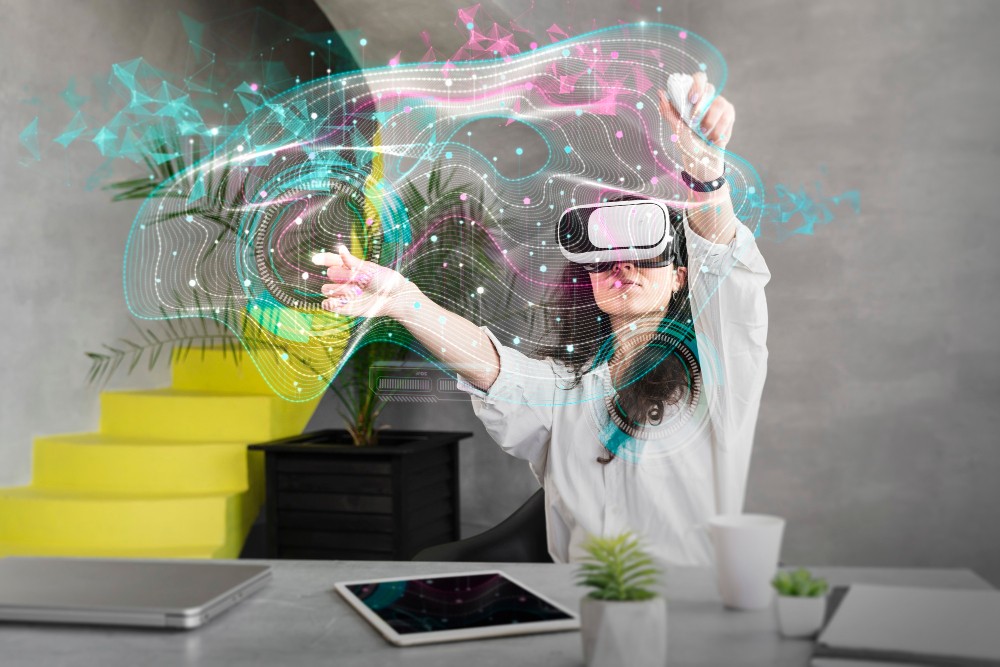
Applications of Generative AI: From Creative Arts to Scientific Discovery
Numerous fields are already seeing major effects from generative AI. Generative models are being utilized, for instance, in the creative arts to develop movie scripts, compose music, and produce visual art. AI tools are being used more and more by content producers and artists to enhance their creativity, automate tedious activities, and experiment with new forms and styles.
By producing customized content at scale, generative AI is being used in the commercial sector to improve marketing and advertising initiatives. Campaigns using AI-generated text, photos, and videos can be more effectively and engagingly customized to each individual customer’s interests. Furthermore, generative AI technologies are being used in fields like architecture and product design to create creative designs and optimize complicated structures, which lowers costs and boosts productivity.
The healthcare sector is likewise changing as a result of generative AI. In order to assist researchers study diseases, create novel medications, and train machine learning models without the privacy constraints associated with using real patient data, artificial intelligence (AI) models are being used to generate synthetic medical data. AI is also being used to develop novel proteins that may lead to medical advances and to design individualized therapy regimens.
Generative AI is advancing scientific research by creating ideas, planning experiments, and evaluating large, complex data sets. AI models have been used, for example, to forecast the structure of proteins, simulate chemical reactions, and even find novel materials. The capacity to produce high-quality synthetic data is especially useful in domains where ethical considerations, cost, or time constraints limit data collecting.
Challenges and Ethical Considerations
Although generative AI has a lot of potential, its quick development also raises a number of difficulties and moral questions. The possibility of abuse is one of the most important problems. Deepfakes, or incredibly lifelike fake photos or videos, can be produced by generative AI models and used to propagate false information, sway public opinion, or even do social or political harm. Similarly, artificial intelligence (AI)-generated text can be exploited to produce spam, harmful code, or fake news articles, endangering information integrity and digital security.
Privacy issues provide still another significant obstacle. Large datasets including personal data are frequently used to train generative models, which raises concerns with data ownership, consent, and the possibility of personal information being misused. These worries are not totally allayed by the inclusion of synthetic data because the models may unintentionally replicate sensitive information from their training set.
And there’s the matter of prejudice. When AI models are fed biased data, they will reflect and even magnify these biases because they learn from this data. For instance, outputs from a generative text model trained on biased input may propagate preconceptions or leave out specific populations. It is imperative that these biases be addressed in order to guarantee that generative AI serves society’s members equitably.

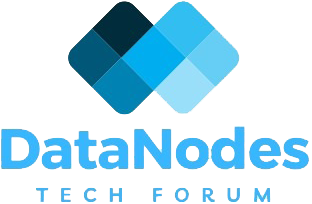




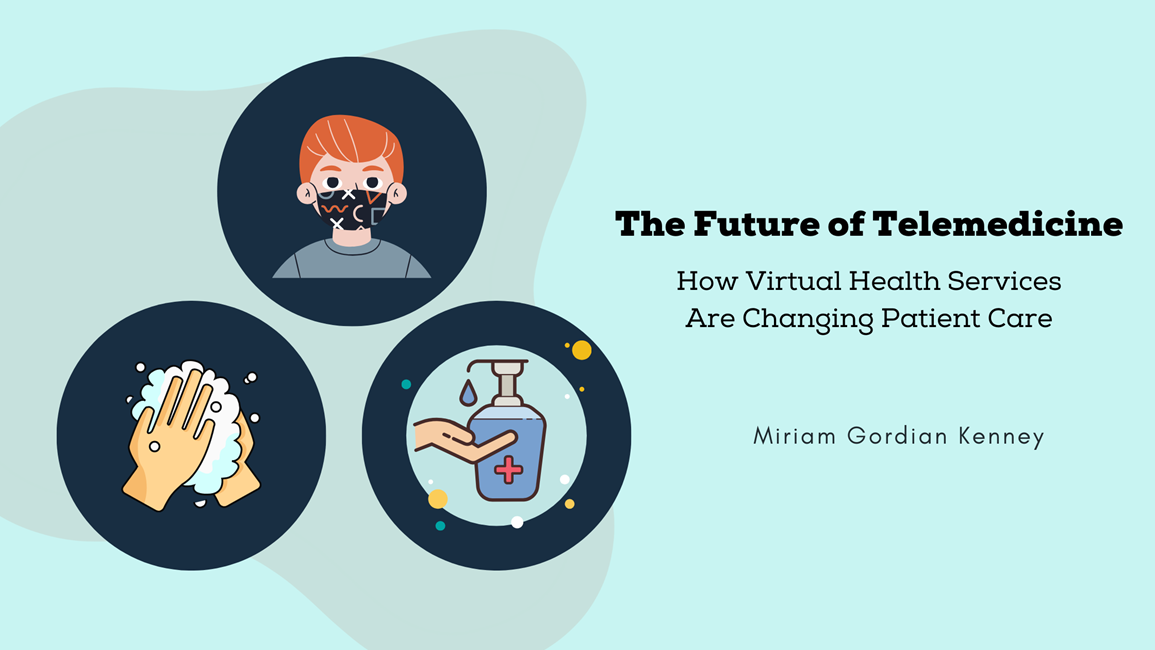
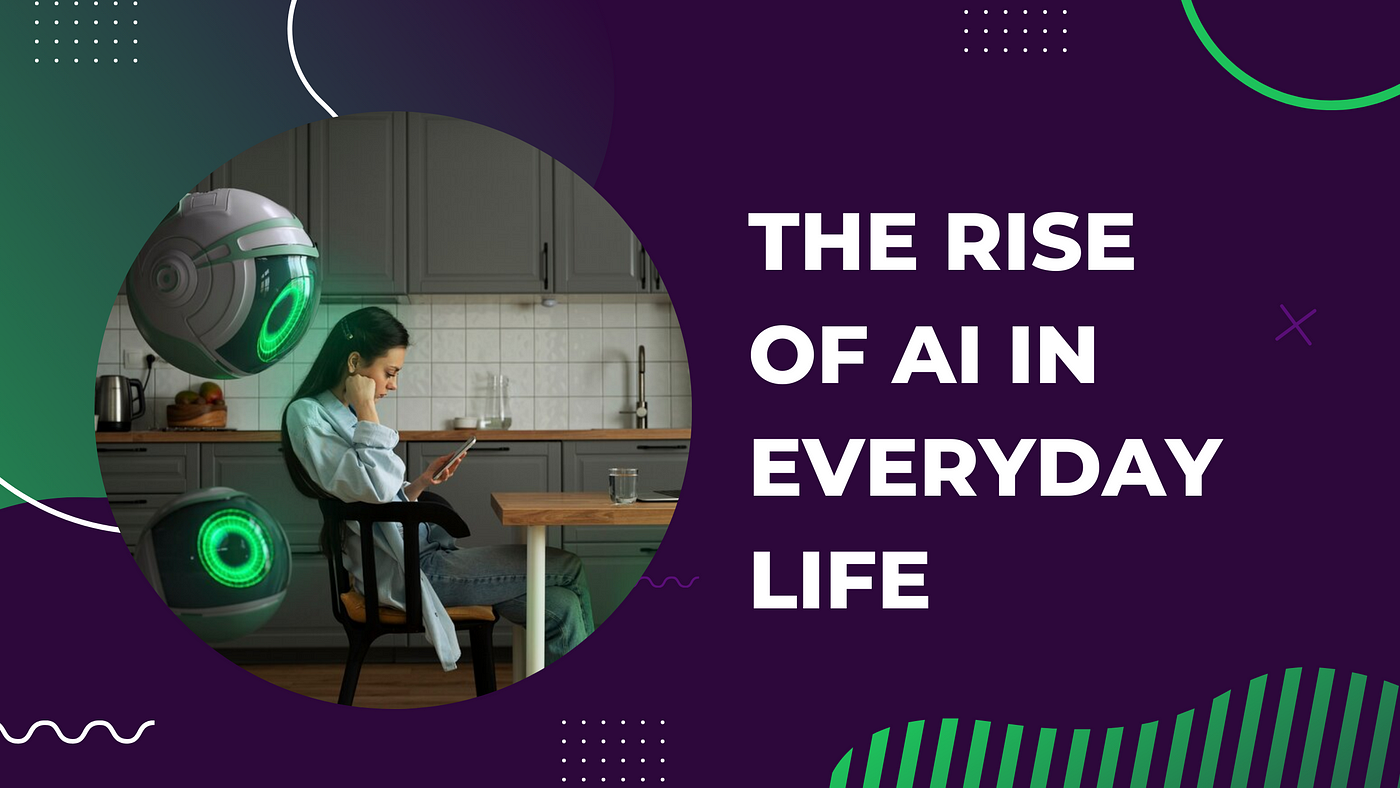


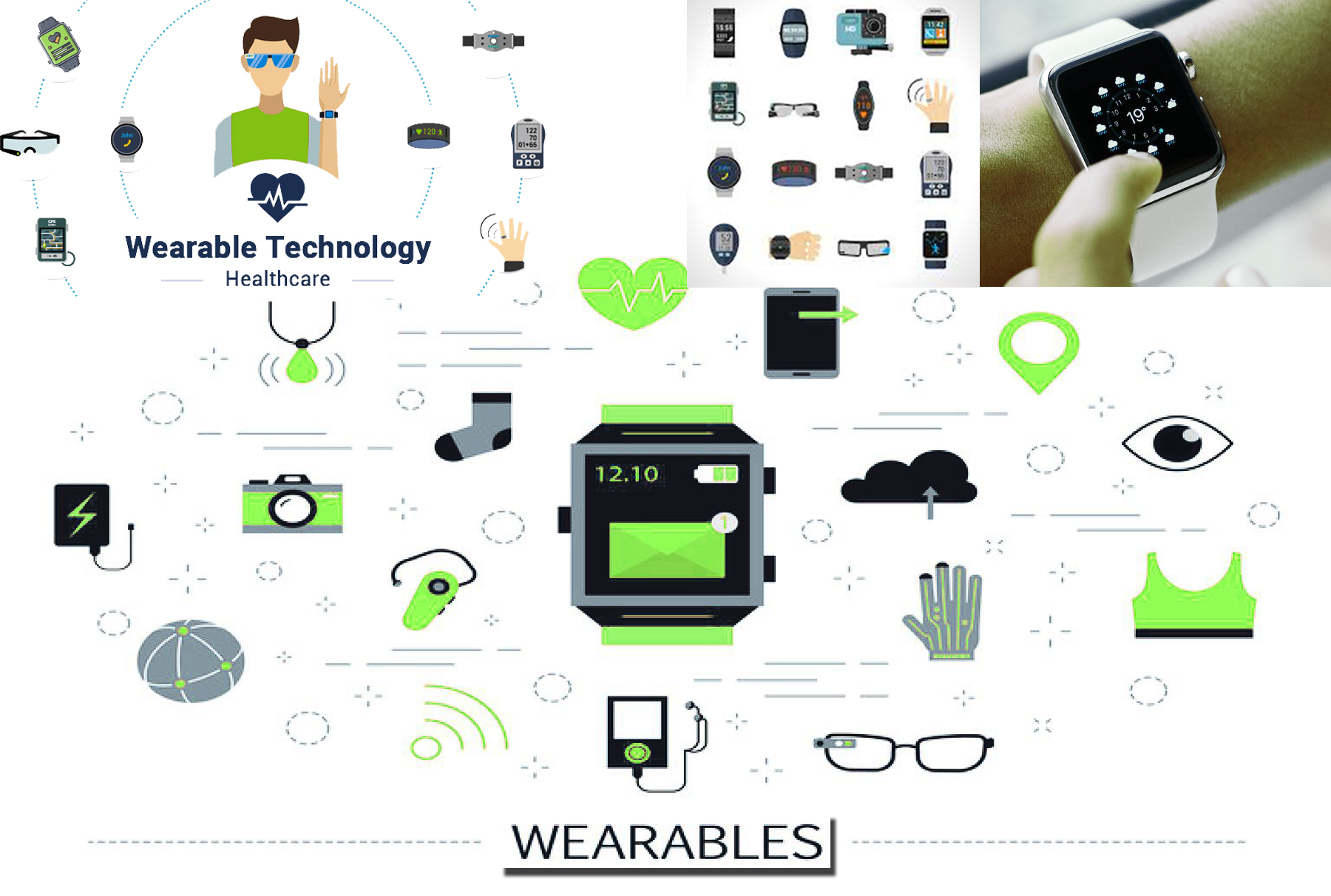
Leave a Reply